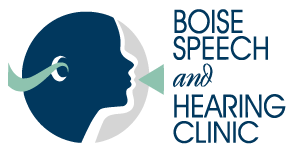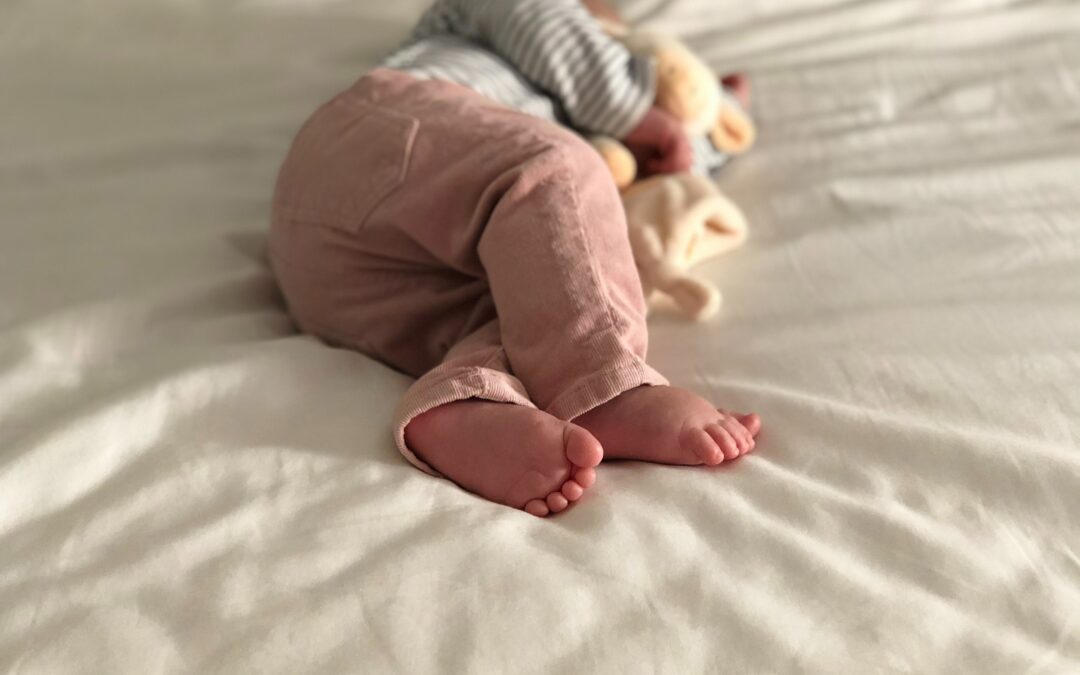Sleep is critical in all aspects of our health, including our mental, emotional, and physical performance. When we are not getting enough good quality sleep, it negatively impacts our ability to learn, grow, and manage emotions.
Sleep disordered breathing includes a variety of sleep-related conditions including increased resistance to airflow, snoring, decreased reduction in airflow, and apneas or lack of airflow during sleep.
Sleep disordered breathing in children is often misdiagnosed as: ADHD/ADD, learning disabilities, behavioral issues, and fatigue.
The diagnosis of ADHD (attention deficit hyperactivity disorder) continues to increase. According to a research article completed by Sanford C. Newmark, MD of the UCSF Osher Center for Integrative Medicine, “Between 1980 and 2007, there was an almost 700% increase of ADHD in the United States.” Children with sleep disordered breathing or diagnosed sleep apnea will have symptoms similar to ADHD because their bodies are in a constant state of fight or flight with adrenaline levels increased throughout the day. When the body is fighting to stay awake, it is going to have great difficulties learning and storing information into short and long term memory. In a research article by Kaemingk, KL et al, collecting data on learning in children and sleep disordered breathing, they found “children with higher rates of sleep-disordered breathing performed lower on tests of ability to learn, to remember, to perform, and tended to have lower IQs overall.”
The national sleep foundation recommends the following hours of sleep based on age.
| Toddler (1-2 years) | 11-14 hours |
| Preschoolers (3-5 years) | 10-13 hours |
| School Aged children (6-13 years) | 9-11 hours |
| Teenagers (14-17 years) | 8-9 hours |
It is important to remember that the quality of your child’s speech is most important. Normal sleep should be calm without a lot of movement throughout the night. Children’s mouths should be closed during sleep without an open mouth resting posture. Breathing should be easy and unobstructed without loud breathing or snoring. They should wake feeling rested with good energy. When sleeping they should remain asleep and not wake frequently throughout the night. The body should be in a calm position without arms and legs outstretched or head tilted back.
Signs that your child may have sleep disordered breathing include: mouth breathing, open mouth posture, snoring or noisy sleep, night terrors, bed-wetting, chronic runny nose, chronic ear infections, dark circles or dark looking under eyes, tossing/turning/thrashing, messy sheets and blankets, crooked teeth, falling asleep throughout the day, waking feeling tired.
There are answers to sleep disordered breathing in children of all ages. It is important to work with a professional who is trained to look at sleep and the impact it has on overall development. Treatment can range from allergy relief to adenoidectomy and specific to what your child needs.
Rian Chatterton, MS,CCC-SLP,COM,TOM
Speech-Language Pathologist
Trained Orofacial Myologist
Boise Speech and Hearing Clinic
Center for Orofacial Myology
Chatterton MyoCourses
LINKS:
Sleep Foundation
NIH.gov
ENTHealth
AAPMD


